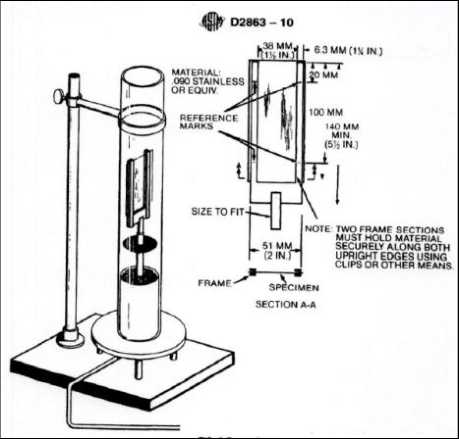- Qinsun Instruments Co., Ltd.
- Tell:+86-21-6780 0179
- Phone:+86-17740808215
- Address:No. 2578 Minhang District Gu Dai Road, Shanghai
- Contact:Mr. Li
- QQ:846490659
Selection guide for dissolved oxygen analyzers

The measurement principle of dissolved oxygen analyzer is that the solubility of oxygen in water depends on temperature, pressure, and the salts dissolved in water. The sensing part of the dissolved oxygen analyzer is composed of a gold electrode (cathode) and a silver electrode (anode), as well as potassium chloride or potassium hydroxide electrolyte. Oxygen diffuses through the membrane and enters the electrolyte, forming a measurement circuit with the gold electrode and silver electrode. When a polarization voltage of 0.6-0.8V is applied to the electrode of the dissolved oxygen analyzer, oxygen diffuses through the membrane, releases electrons from the cathode, and the anode receives electrons, generating a current. The entire reaction process is: anode Ag+Cl → AgCl+2e - cathode O2+2H2O+4e → 4OH - According to Faraday's law, the current flowing through the electrode of the dissolved oxygen analyzer is directly proportional to the oxygen partial pressure, and there is a linear relationship between the current and oxygen concentration under constant temperature.
Selection guide:
1. Dissolution and diffusion coefficients:
(1) The solubility coefficient of oxygen: As the solubility coefficient a is not only affected by temperature, but also by the composition of the solution. At the same oxygen partial pressure, the actual oxygen concentration of different components may also be different. According to Henry's law, oxygen concentration is directly proportional to its partial pressure. For dilute solutions, the change in solubility coefficient a due to temperature change is about 2%/℃.
(2) Diffusion coefficient of membrane: According to Arrhenius law, solubility coefficient β The relationship with temperature T is: C=KPo2 · exp (- β/ T) Assuming K and Po2 are constants, it can be calculated that β At 25 ℃, it is 2.3%/℃. After calculating the solubility coefficient a, the diffusion coefficient of the membrane can be calculated by comparing instrument indications and laboratory analysis values (omitting the calculation process here). The diffusion coefficient of the membrane is 1.5%/℃ at 25 ℃.
2. According to Henry's law, the influence of atmospheric pressure is proportional to the solubility of a gas and its partial pressure. Oxygen partial pressure is related to the altitude of the region, with a difference of up to 20% between plateau and plain areas. Compensation must be made based on the local atmospheric pressure before use. Some instruments are equipped with a pressure gauge inside, which can be automatically calibrated during calibration; Some instruments are not equipped with a pressure gauge, and calibration should be based on the data provided by the local meteorological station. If the data is incorrect, it will lead to significant measurement errors.
3. The salt content in the solution is significantly lower than the dissolved oxygen in tap water. In order to accurately measure, the influence of salt content on dissolved oxygen must be considered. Under constant temperature, for every 100mg/L increase in salt content, dissolved oxygen decreases by approximately 1%. If the solution used for calibration of the instrument has a low salt content, but the actual measured solution has a high salt content, it will also lead to errors. In practical use, it is necessary to analyze the salt content of the measuring medium in order to accurately measure and compensate correctly.
4. The flow rate of the sample is slower for oxygen to diffuse through the membrane than through the sample, and it is necessary to ensure complete contact between the electrode membrane and the solution. For the flow detection method, oxygen in the solution will diffuse into the flow cell, causing a loss of oxygen in the solution near the membrane, resulting in diffusion interference and affecting the measurement. For accurate measurement, the flow rate of the solution flowing through the membrane should be increased to compensate for the diffusion loss of oxygen, with a small flow rate of 0.3m/s for the sample.





